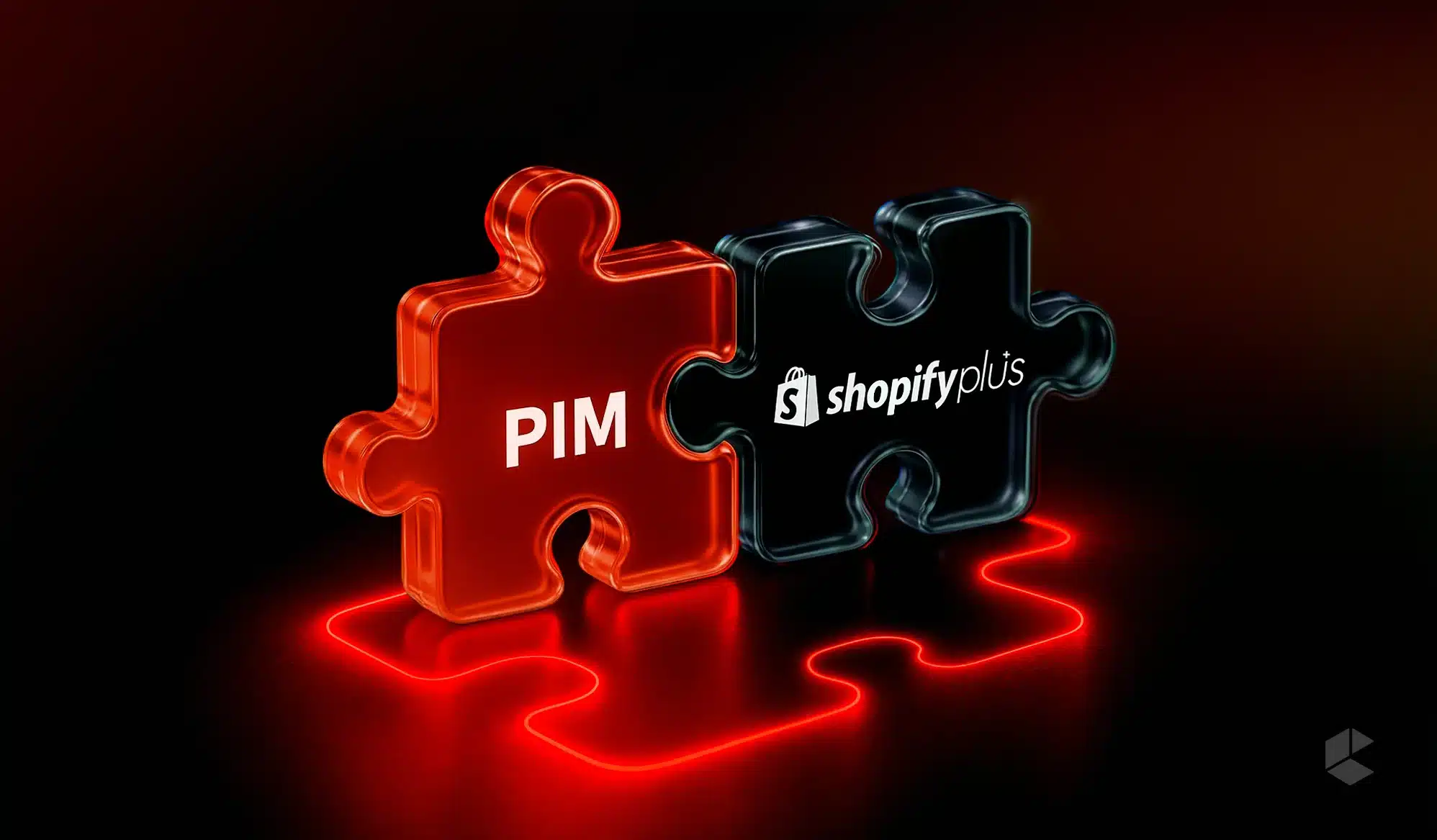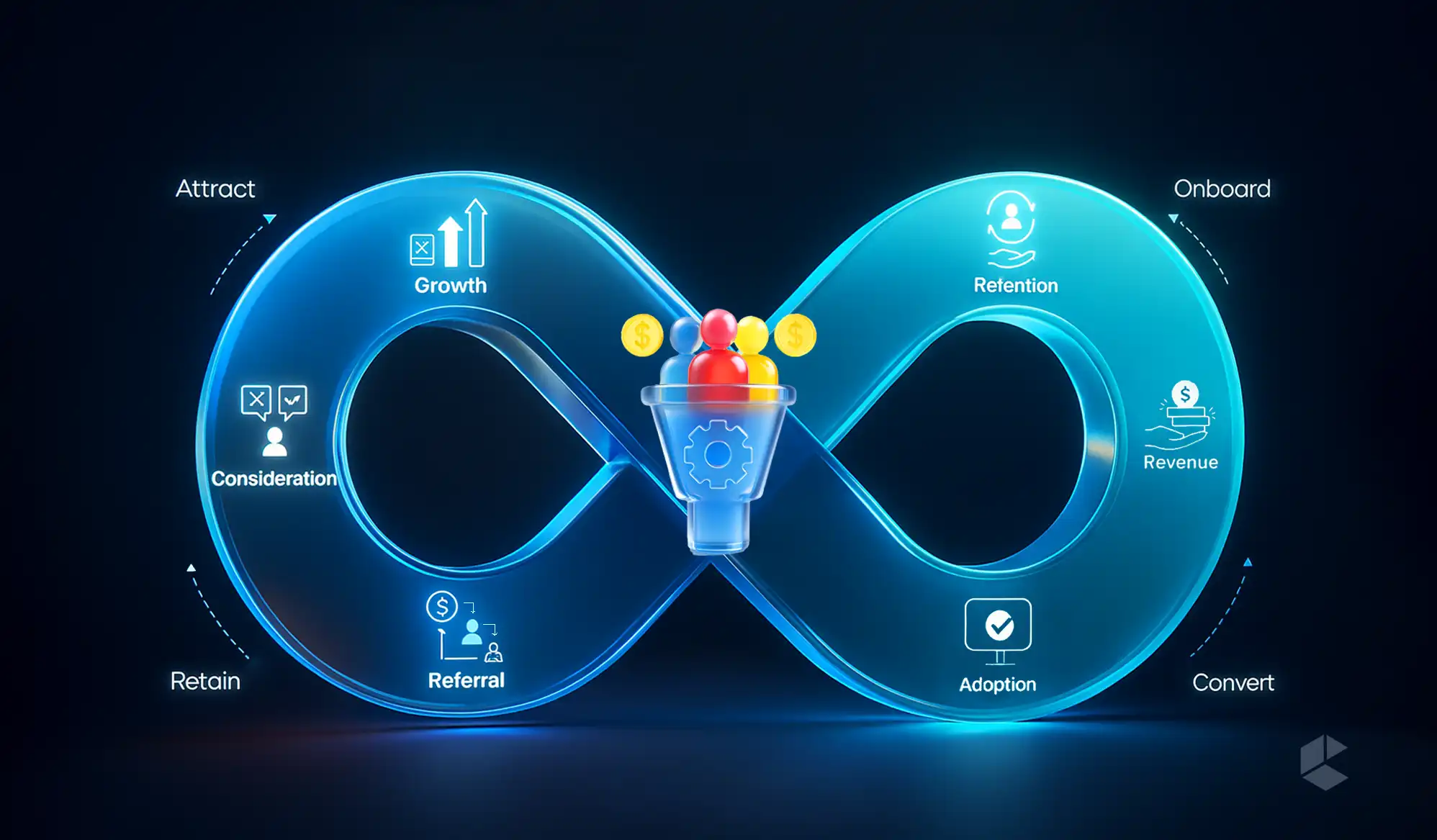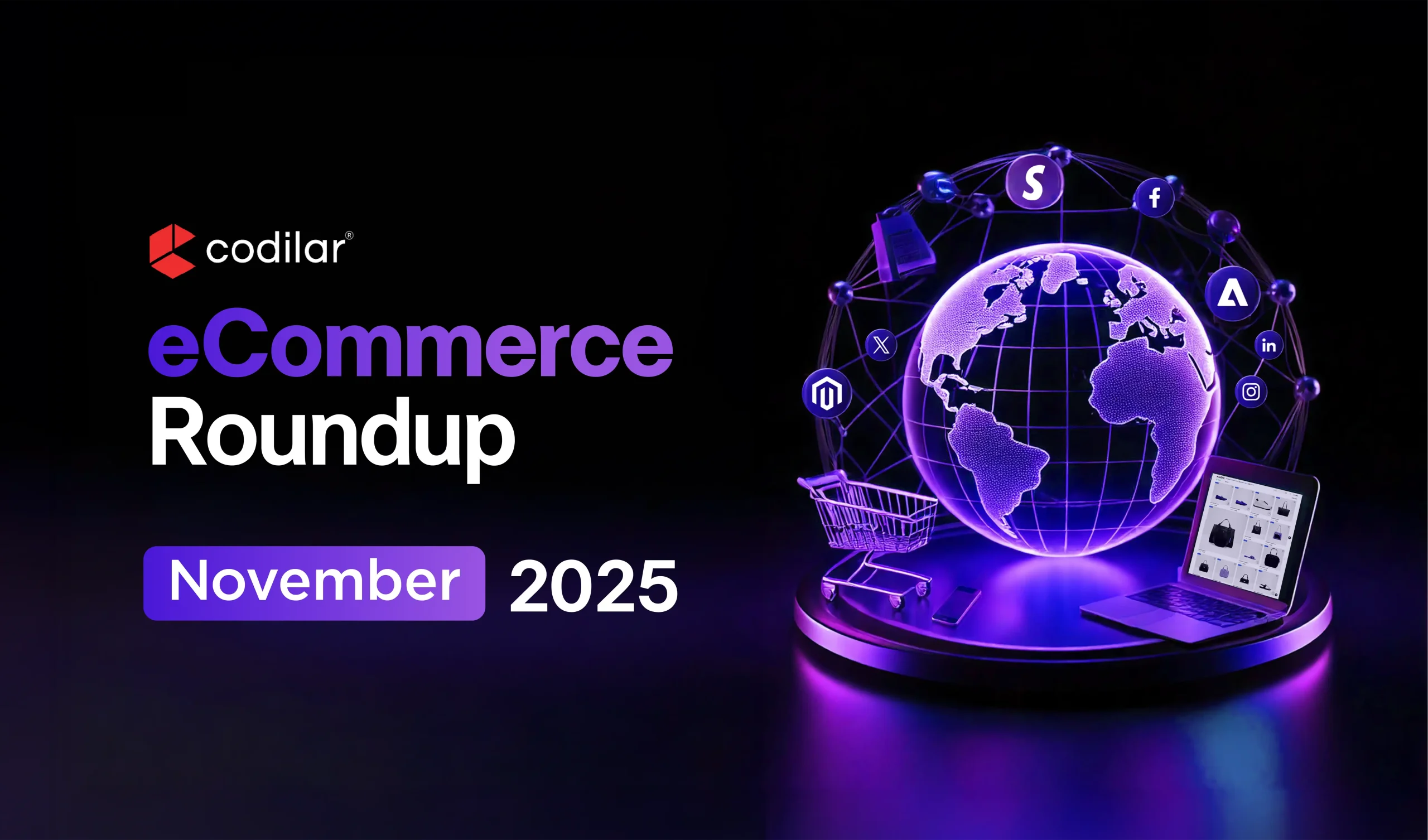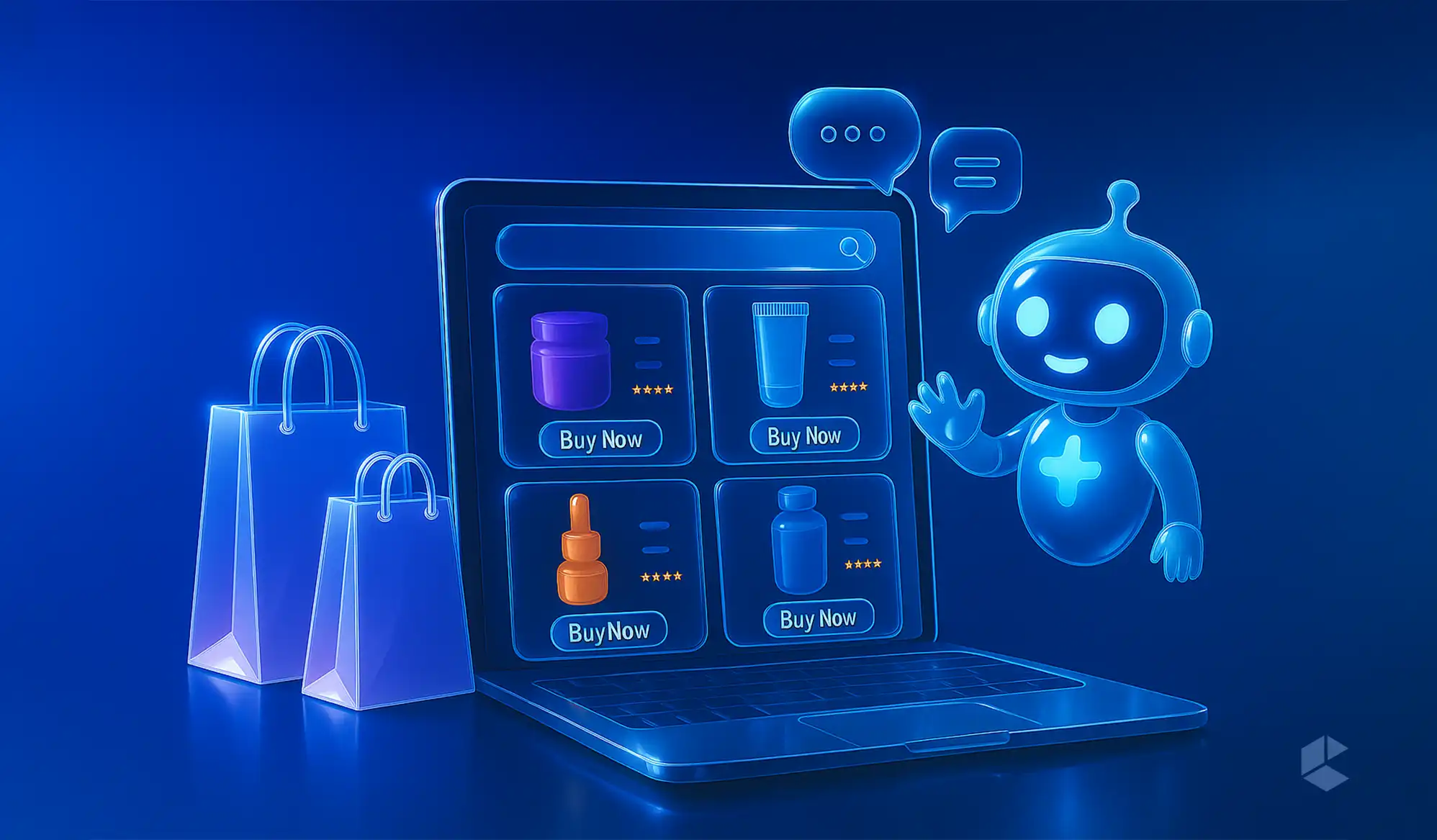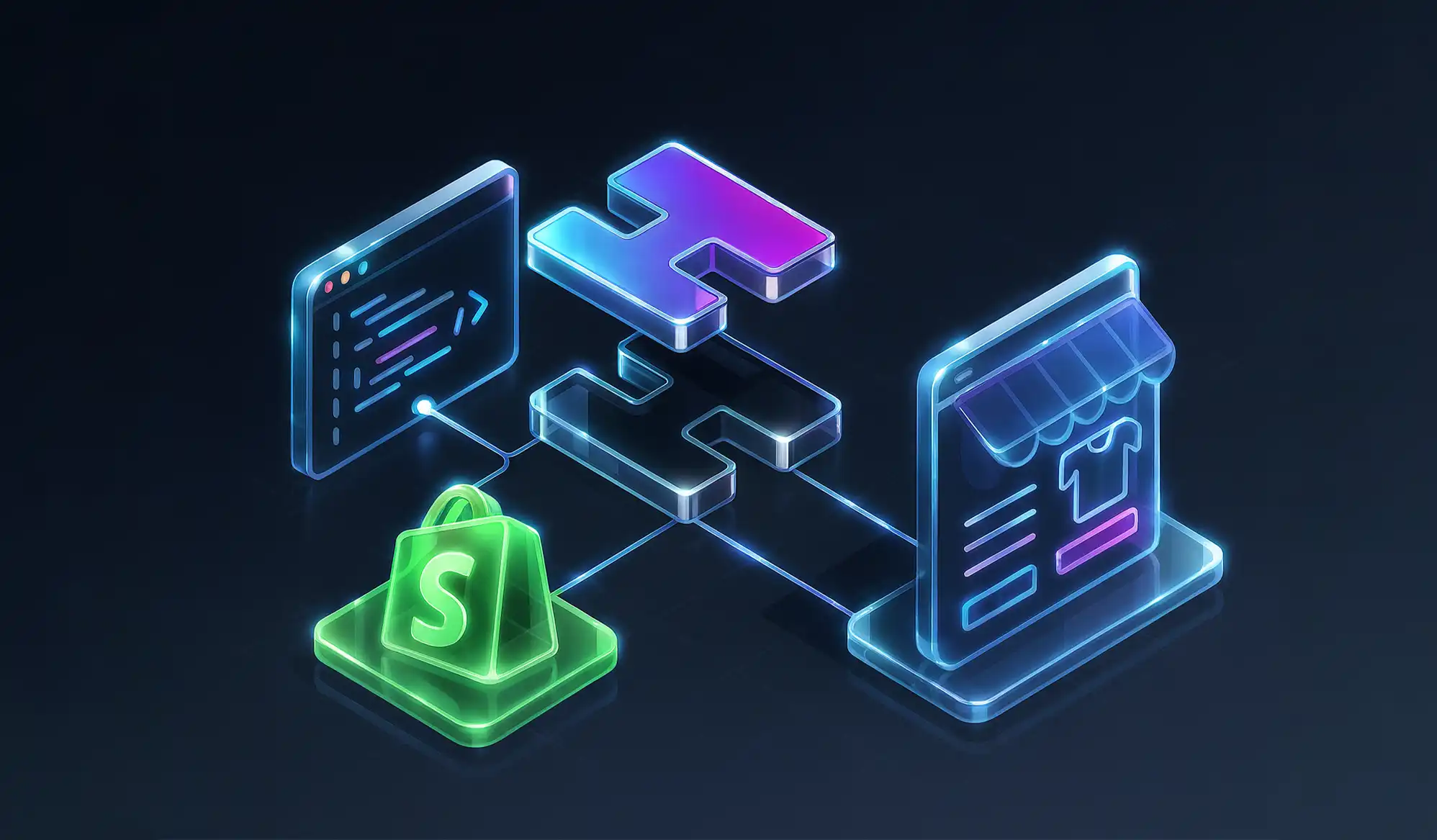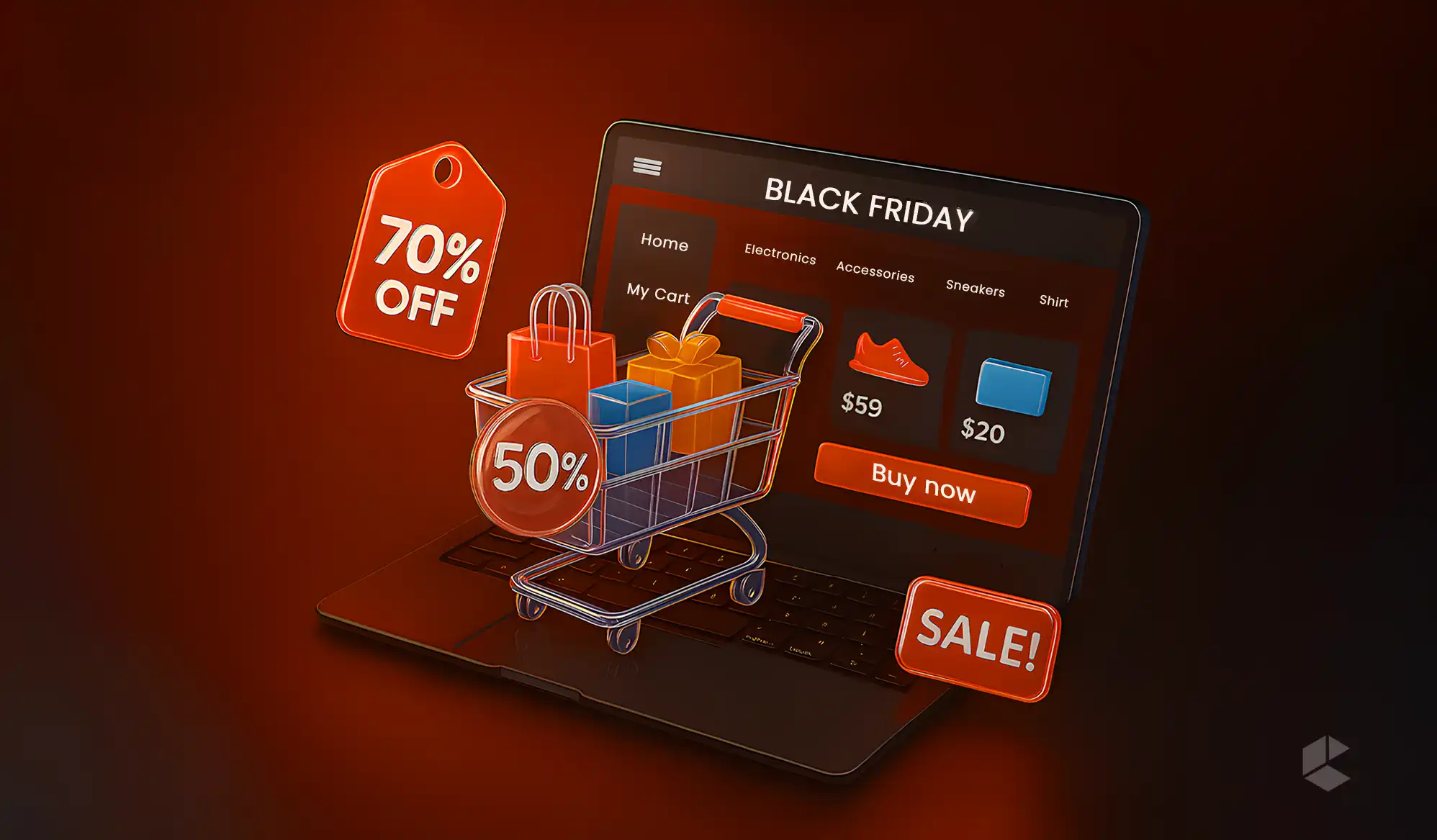- A PIM unifies your product data for faster, more efficient catalog management on Shopify Plus.
- Integration improves accuracy, SEO, and customer experience across every channel.
- Choose your PIM based on your catalog size, team workflow, and where you sell.
- Apimio, Sales Layer, and Akeneo are among the top choices for Shopify Plus users.
- Real-time syncing and bulk updates drastically reduce manual work.
- A clear strategy helps you avoid data issues and ensures smooth team adoption.
Integrating Shopify Plus with a Product Information Management (PIM) solution has the potential to transform product-data management, eliminating manual burdens, removing discrepancies, and streamlining time-to-market by as much as 50%. By storing all product attributes, digital assets, and localization variants within a single hub, not only do you maintain channel consistency but also unlock rich content capabilities, such as long-form specs, videos, and tailored experiences, that maximize the shopping experience.
In this step-by-step guide, we’ll discuss integrating a PIM with Shopify Plus, why it is important, and things to keep in mind before integration, as well as best practices for long-term success. We’ll cover actual case studies, pitfalls to watch out for, and new trends that are creating the future of product data management.
Understanding Shopify Plus
Shopify Plus is Shopify’s enterprise version for growth merchants who require higher levels of control, customization, and performance capabilities. It includes unlimited staff accounts, priority support, API rate limiting up to 4x higher than regular Shopify, and headless commerce for completely custom storefronts. With natively supported multi-store capabilities, international domains, and bulk product actions, Shopify Plus positions itself as the foundation for sophisticated eCommerce networks.
It is the best choice for brands that are undergoing rapid scale or handling high-order volumes and varied catalogs, from D2C startups entering international markets to legacy companies migrating from older platforms. Shopify Plus provides merchants with the infrastructure they need to scale without making sacrifices to their speed, security, or flexibility.
What Is a PIM?
A Product Information Management (PIM) solution is a single source of truth for all of a company’s product-related data, technical details, marketing copy, translations, and digital assets within their organization. Rather than dealing with spreadsheets or isolated databases, teams work from a shared interface that enforces data governance, validation rules, and approvals workflows.
PIMs support the management of thousands of SKUs and the automation of enrichment functions like metadata tagging and translation, speeding up product readiness.
PIM is not only for storage; PIMs actively manage the product data lifecycle on your behalf. This encompasses categorization, version control, validation workflows, channel-enriched content, and publishing releases. No matter what product you sell – clothing, electronics, or furniture – handling scale is infinitely simpler with a PIM.
Why Integrate Shopify Plus with a PIM?
- Centralized data management
A PIM makes available a unified catalog, and price changes, new features, or translated descriptions are pushed from it to Shopify Plus, thus avoiding channel-specific discrepancies. - True Omnichannel Consistency
Shopify Plus sellers usually operate across websites, marketplaces, and social channels; a PIM helps ensure consistent product stories and images everywhere. - Improved Customer Experience
Rich product pages with high-definition galleries, technical sheets, and multimedia increase conversions by as much as 30%. - Scalability and Efficiency
As catalogs grow, a PIM scales without extra Shopify custom development, saving 40% on manual work and making resources available for growth programs. - Multi-Store and International Support
With integrated localization workflows, PIMs manage translations, currency formats, as well as regional variants for several Shopify Plus stores – all on a single platform. - Reduced Time-to-Market
Data for the product is prepared, approved, and made public sooner, so campaign rollouts or seasonal launches occur in days, not weeks. - SEO and Marketing Alignment
PIMs enable marketers to tailor metadata and content for various search engines and audiences and thus achieve enhanced discoverability and engagement. - Lower Return Rates
Clear product descriptions and images minimize confusion, resulting in fewer complaints after purchase and a decrease in returns.
Pre-Integration Considerations
- Audit current data: Discover gaps, duplicates, and inconsistent attribute naming on current Shopify SKUs and sources outside Shopify.
- Define Business Goals: From quicker launches to more substantial content and new markets, identify goals to choose PIM features accordingly.
- Assess Technical Stack: Validate API capabilities, middleware needs, and skill sets of the team for smooth system communication.
- Data Governance Policies: Set attribute naming standards, required fields, and workflows before importing into the PIM.
- Engage Cross-Functional Teams Early: Involve IT, eCommerce, merchandising, and marketing early on so their needs are factored in from the outset.
Choosing the Right PIM Solution
- Connector Maturity: Check for native Shopify Plus connectors that have been developed by the PIM vendor themselves (e.g., Sales Layer provides an internal Shopify Plus API connector).
- Usability and Onboarding: Look for tools with simple, easy-to-use UIs and quick implementation—Apimio takes less than two weeks to be live with real-time two-way syncing.
- Workflow and Governance: Implement role-based permissions, validation rules, and data completeness scores within the PIM.
- Scalability and Pricing: Compare plans corresponding to SKU counts and needs of users and check language and asset management limitations.
- Marketplace and Ecosystem Compatibility: If you are considering expansion on Amazon, Zalando, or other marketplaces, seek PIMs that have multi-channel publishing capabilities.
Integration Process
Here is the integration process, described step-by-step to ensure that you can integrate Shopify Plus with PIM without any hassle.
Data Cleansing and Audit
Execute a complete Shopify Plus SKUs, images, and metafield export; cross-reference with ERP, supplier file, and spreadsheets to design a cleansing plan. Delete duplicates, normalize attribute names, and populate missing fields prior to import into the PIM.
Mapping Product Attributes
Define attribute schemes: titles, descriptions, specs, SEO metadata, and custom metafields, and map them to PIM fields. Through the mapping, dictate how the data is going to flow into Shopify Plus.
Building the Connection
Install PIM’s Shopify Plus connector, most commonly through OAuth or API keys, providing access to product scopes, asset libraries, and variants for the store. Test connectivity before full syncing.
Field Mapping Configuration
Within the PIM connector setup, map PIM fields to their corresponding Shopify fields (title → title, description → body_html, SKU → handle, images → media_gallery) and define sync rules (overwrite or append).
Syncing Digital Assets
Use the PIM’s DAM feature to resize, format, and tag product images and videos. Set up the connector to push optimized assets into Shopify’s CDN for consistent load times and presentation formats.
Testing and Validation
Perform 10–20 sample syncs on various SKUs. Test that fields populate accordingly: monitor storefronts, CSV exports, and API calls. Use Shopify’s bulk editor tools and PIM reports for a final check to ensure no data mismatches have occurred.
Workflows and Updates Automation
You can use the connector dashboard to schedule synchronization intervals (real-time, hourly, or daily). PIM workflows can be used to generate warnings for missing data, then auto-publish once validated, leaving Shopify Plus up-to-date at all times.
Common Challenges & How to Solve Them
- Data Formatting Errors: Legacy system product data may require reformats. Utilize PIM or middleware tool transformation layers.
- Connector Limitations: Few PIMs natively support metafields or custom attributes. Opt for a customizable mapping logic one.
- Sync Conflicts: Establish consistent sync rules and version control within your workflows.
- User Adoption: Implement cross-functional training for IT, marketing, and merchandising.
- Underestimating the Planning Phase: Rushing into integration without thorough planning usually ends up in suboptimal implementation and rework.
Best Practices for Maintenance and Scalability
- Governance policies: Implement attribute guidelines and naming conventions for the PIM.
- Regular Audits: Conduct a quarterly review of data quality scores and dead links.
- Training and Documentation: Create comprehensive guides for using PIM for merchandising, marketing, and localization teams.
- Performance Monitoring: Monitor sync latency, API error rates, and storefront query times to respond to bottlenecks early on.
- Cross-Team Interaction: Establish feedback loops amongst eCommerce managers, developers, and content teams to enable constant improvement.
- Future-Proof Your PIM: Select a PIM that grows with your business by incorporating features such as AI enrichment, intelligent translations, and new channel integrations.
Future Trends in PIM-Shopify Integrations
- LLM-Powered AI-Driven Enrichment: Automated attribute recommendations, image tagging, and copywriting based on LLMs.
- Headless Flexibility: Dynamic storefronts enabled by PIM-supported content APIs surpassing generic Shopify templates.
- Sustainability Metadata: Embedding ecological footprint details into product pages for green consumers.
- Composable Commerce: PIM systems will be at the center of composable designs, delivering data to CMSs, search engines, and marketplaces.
- Self-Healing Catalogs: AI-driven detection and auto-repair of faulty links, missing fields, and image mismatches in real-time.
- Voice and Visual Commerce Integration: Future PIMs will support both voice search and visual product recognition to extend the ways customers find products.
Conclusion
Using Shopify Plus with a well-developed PIM solution unifies product intelligence, harmonizes omnichannel experiences, and provides measurable returns on investment with quicker launches, increased accuracy of data, and richer content capabilities. By taking the structured path of data audit, mapping, connector configuration, testing, and automation, you’ll be creating a solid foundation for scalable eCommerce operations that align with future innovation around AI, personalization, and sustainability.
Whether you are a global enterprise brand or a growing D2C upstart, a PIM integration is not a back-end improvement – it is a competitive differentiator that enriches each customer touch point along the way.
If being ahead of the game matters to you in a hyper-competitive eCommerce arena, merging your Shopify Plus with a strong PIM is not only a nice-to-have, it’s mission-critical.
FAQs
Integrating a PIM with Shopify Plus helps you in more than one way! Firstly, a PIM can pull all product data into one place, keeping it organized and easy to reach. Moreover, it ensures consistency in product listings and auto-updates catalogs. All this leads to reduced errors and time while delivering accurate information to customers every time.
That depends on your setup. If you’re a fast-moving D2C brand, Apimio is great—it’s quick to get going and supports real-time syncing. Bigger retailers with stricter processes might prefer Sales Layer. And if you’re working across multiple countries and need custom workflows, Akeneo could be your best bet.
This isn’t really a one-answer question. The timeline totally varies depending on multiple factors. However, you should expect somewhere between 2-4 weeks. If you have a simple catalog and you choose something like Apimio, it may take only 2 weeks! When it comes to Akeneo, Sales Layer, or other more complex systems, the time can be longer (especially if you need tons of customizations).
From syncing issues between systems to messy data formats, slow team adoption, or even weak integration tools, there are a number of issues you should be prepared to face and overcome. But these issues can usually be avoided by planning ahead, picking the right PIM, setting clear sync rules, and making sure your team knows what’s coming.
Without a doubt. Not only can you optimize your product titles, descriptions, and metadata across various channels with a good PIM, but it also enables you to rank better in an easy way, which can help you get more traffic to your store.
